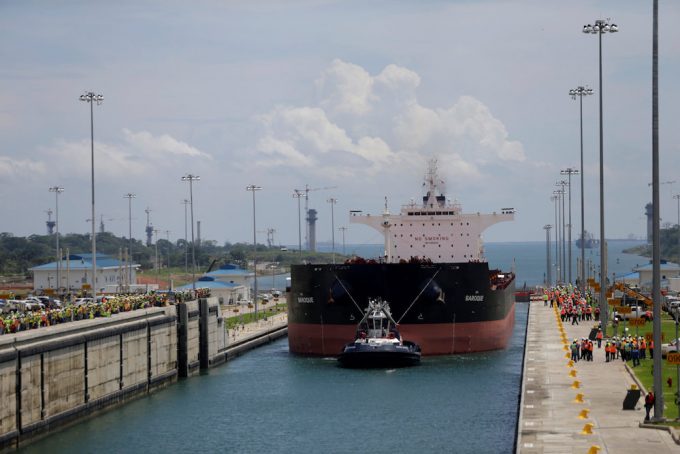OOCL Q2 25 update: more volume carried, but revenues decline
Cosco-owned OOCL today reported second-quarter volume and revenue figures which appear to show the Hong ...

Nearly 200,000 teu of newbuild containership capacity was delivered in February, following a record 300,000 teu received the month before – the new tonnage being comfortably soaked up by Red Sea diversions around Africa.
However, if and when a safe passage can ...

Comment on this article